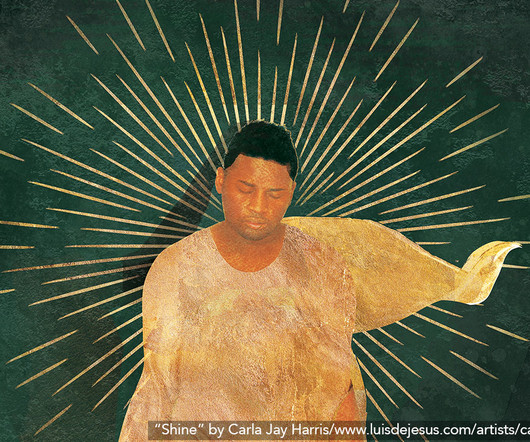From Corporate Culture to a New Organizational Landscape—A Conversation with Steve Dubb, Rithika Ramamurthy, and Ananda Valenzuela
NonProfit Quarterly
AUGUST 14, 2024
Image: “Death Caught From A Plane Window” by Yvonne Coleman Burney/ www.artbyycolemanburney.com Editors’ note: This piece is from Nonprofit Quarterly Magazine ’s summer 2024 issue, “Escaping Corporate Capture.” And even if there isn’t, why do you think that nonprofits have been so ineffective at preventing the growth of inequality?












Let's personalize your content